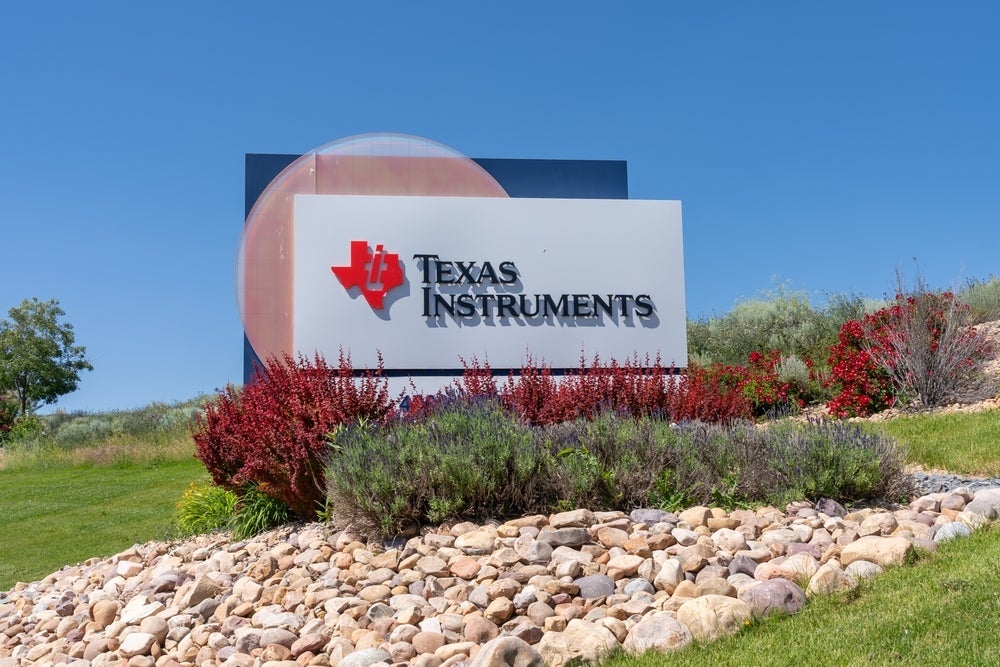Mutual funds invest in non-traditional asset classes such as stocks and fixed-income assets like bonds. Some, on the other hand, use derivatives such as options and futures. These are a separate type of mutual funds that specialize in investing in derivative products and would otherwise be classified as a’specialty fund.’ These funds could be a great way for investors to diversify their portfolios by buying options and futures on other firms’ stocks and commodities. It should be noted, however, that the usage of derivatives can raise the fund’s riskiness.
While most mutual funds do not employ options or futures, a large number of hedge funds do. Hedge funds, on the other hand, are frequently unavailable to ordinary investors, although mutual funds and exchange-traded funds (ETFs) are.
Mutual funds are professionally managed pools of money that invest in stocks and bonds in the classic sense.
Some mutual funds, on the other hand, use derivatives such as options and futures to boost returns or create income.
Futures contracts, rather than the physical underlying asset, are frequently held by commodity funds.
Options can be used by some equity funds to mitigate risk or create money through covered call writing.
Commodity futures and stocks of companies that extract and sell various commodities, such as oil, gold, gas, silver, and other precious metals, are commonly held by mutual funds that specialize in earning profits from fluctuations in commodity prices. If a mutual fund wishes to pursue aggressive speculating and trading tactics that maximize the total return from the commodities market, futures might be a significant element of its assets. Commodity investing is extremely risky, thus mutual funds often employ complex investment procedures and employ highly qualified managers. A commodities mutual fund may charge a relatively high cost ratio as a result of this.
The Rydex Basic Commodities Fund Class H (NASDAQ: RYMBX), for example, invests in a variety of exchange-traded assets, including commodity-linked derivatives like commodity options and futures. As of July 2021, the fund has a high gross expense ratio of 1.84 percent.
Some mutual funds invest in stocks but also own options in order to reduce their portfolio’s downside risk and volatility. Protective puts reduce total returns because the premium for the options must be paid, but they protect against large losses in a bear market or market crash.
Others, such as the Gateway Fund Class A Shares (NASDAQ: GATEX), which invests largely in large-cap shares in the S&P 500 Index, use covered call writing to create income. The fund, on the other hand, sells call options against its portfolio and uses the proceeds to buy put options, allowing GATEX to hedge its whole portfolio against price volatility and big price reductions. (See Put Option Basics for additional information.)/n
Read More




